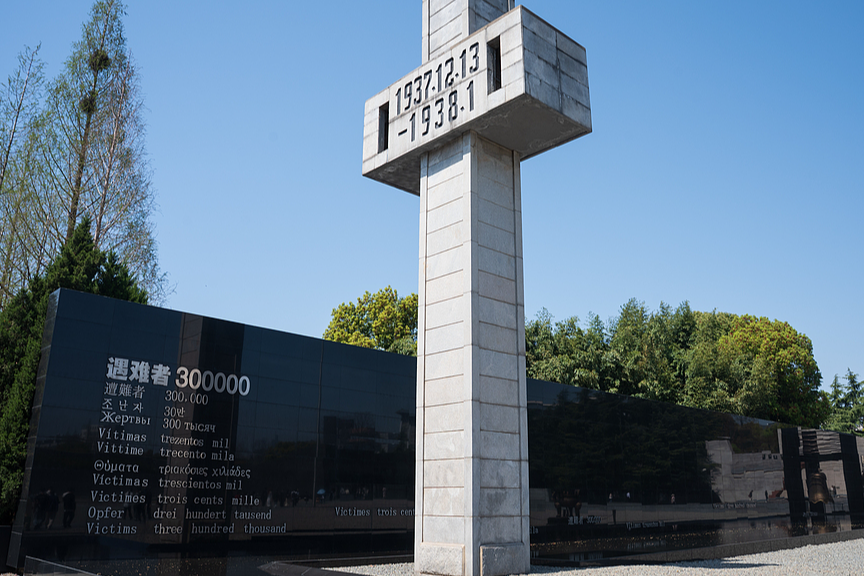Discovering Gansu's diversity, from Lanzhou to Gannan


In the early 1990s, living in densely populated, sub-tropical Guangzhou I became fascinated with China's northwest. The idea so much of the country could be almost devoid of population intrigued me, as did the knowledge people lived in scattered oasis settlements along a corridor of land which throughout history had been an overland trade route connecting both Europe and Central Asia with China. What also fascinated me were my flights, in those days from Hong Kong to Amsterdam, where half of the journey would actually be over China. Such is the vastness of the country.
As I wanted to explore this area, my travels regularly took me to or through Lanzhou, capital of Gansu province. Its topography attracted my attention; the province stretched almost like a belt along the Hexi Corridor, renowned for its Silk Road associations. That fabled trail would bring weary travelers to Lanzhou, effectively the first major city on a route winding along the Wei River toward Xi'an. However, Lanzhou had another facet — the Yellow River flowing from the Qinghai-Tibet Plateau. Although not deep enough to facilitate major commercial navigation, its waters did allow transportation of goods via unique inflated sheepskin rafts. They could float upriver to Baotou within Inner Mongolia carrying cargo and people for shipment to Beijing by camel, or railways starting in the early 20th century.


































